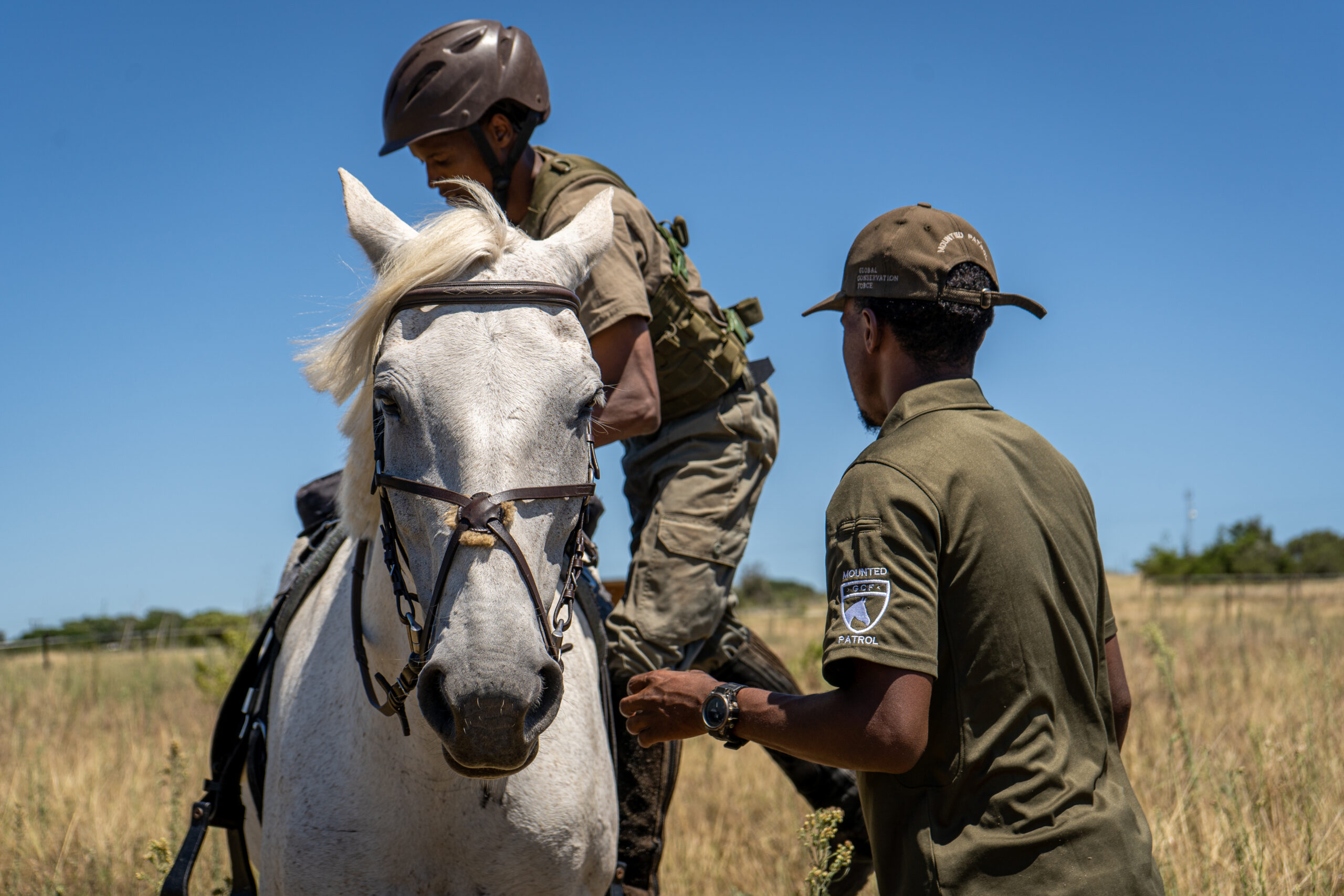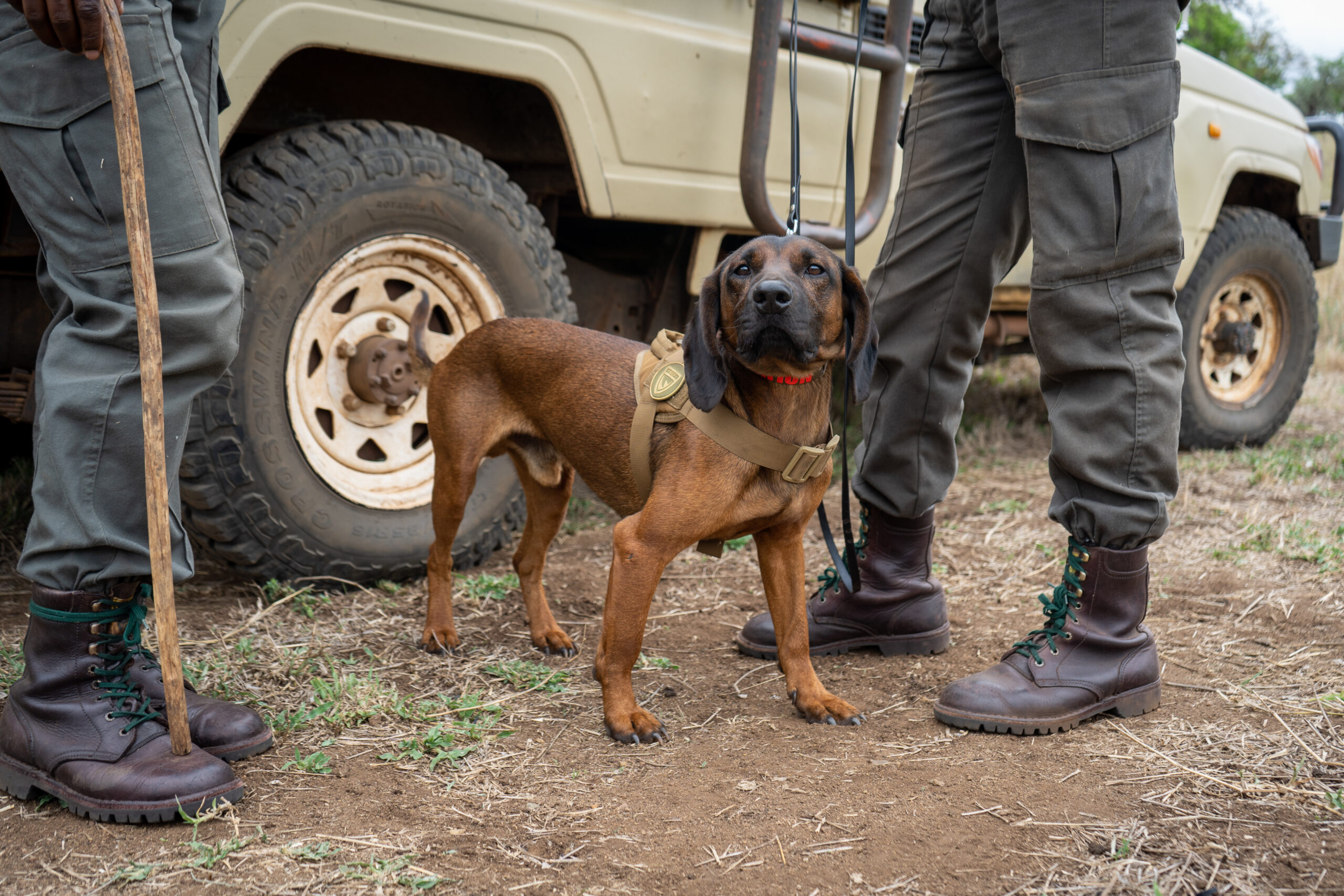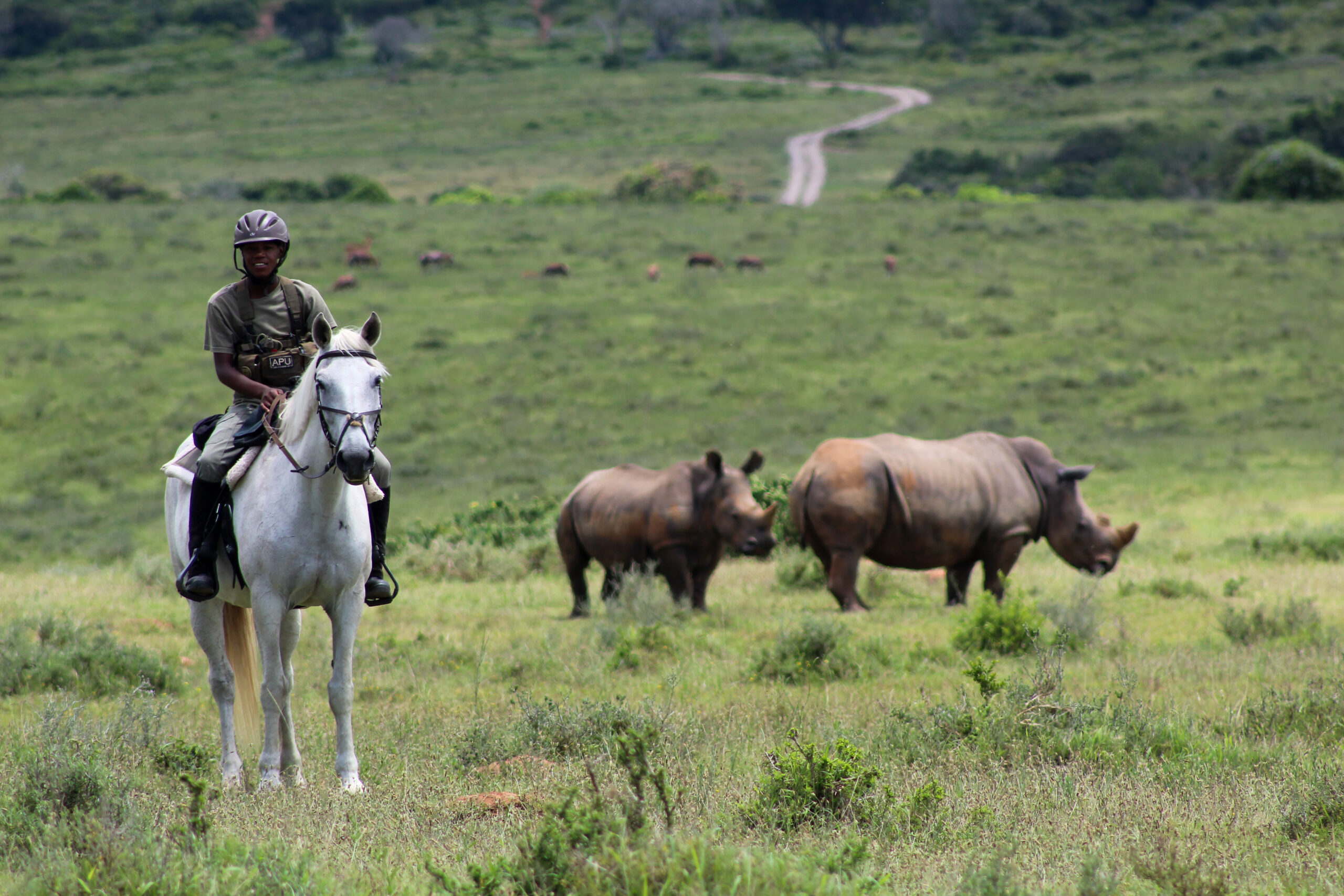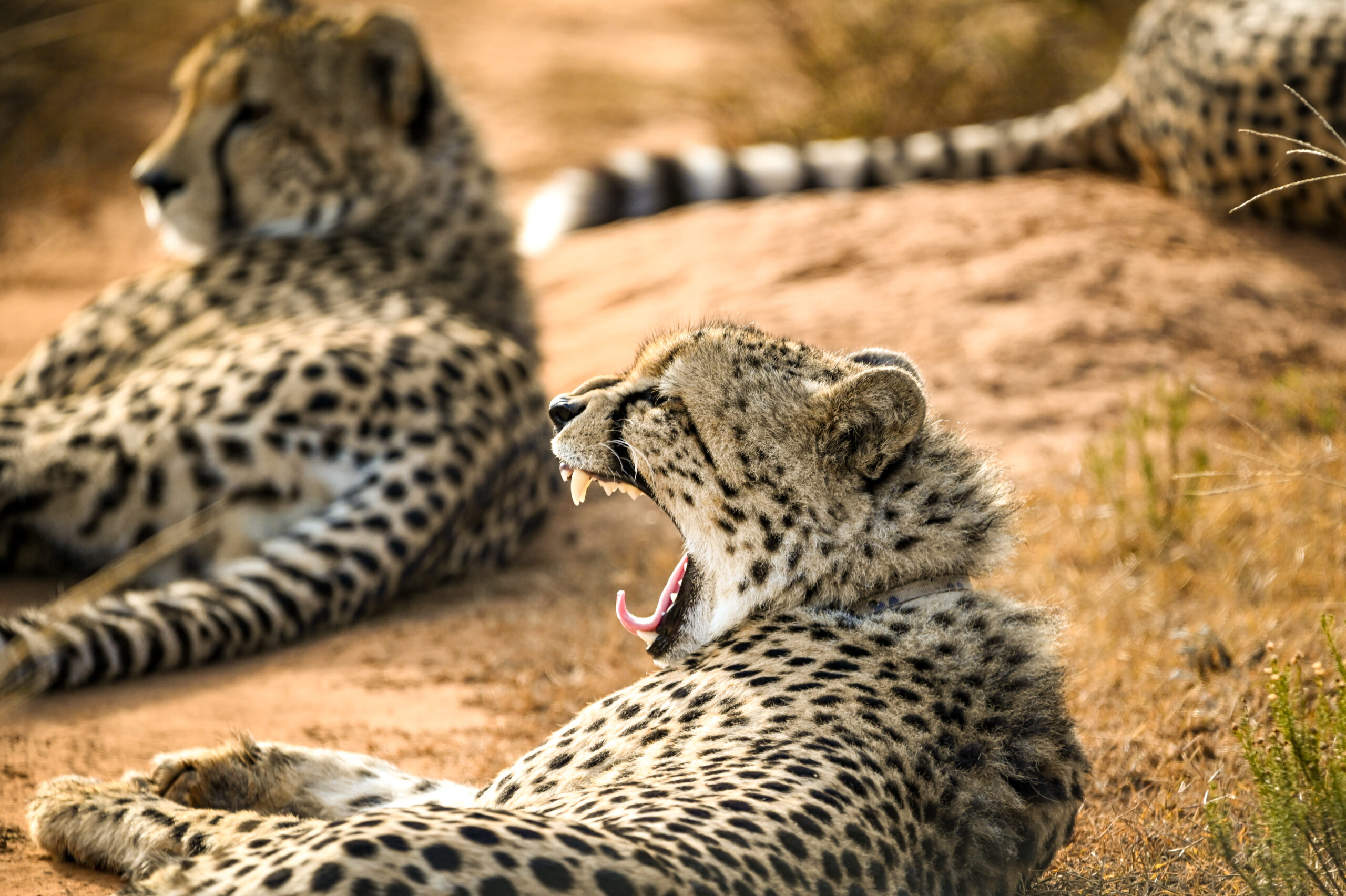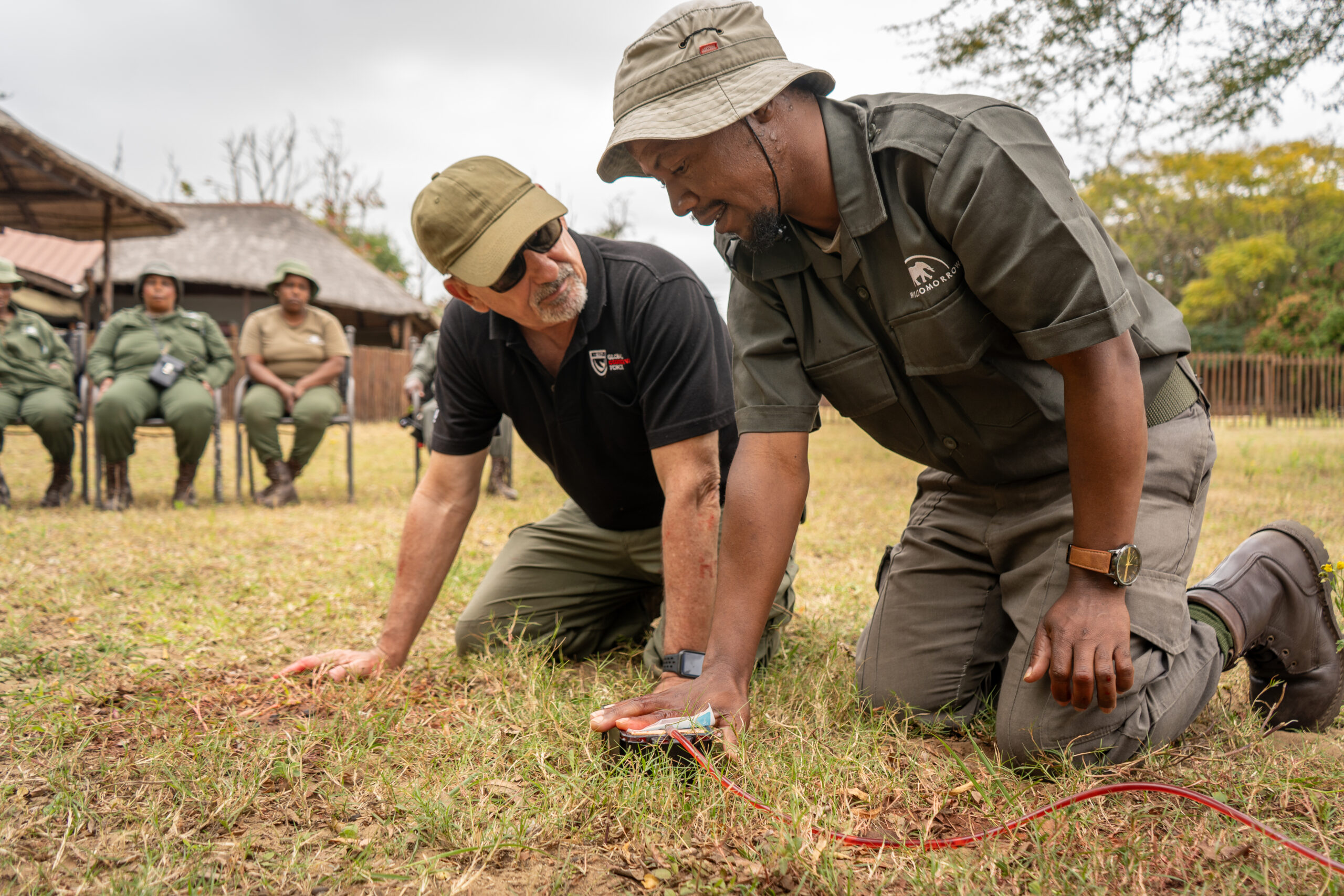Pangolin Protection
Pangolins, or ‘scaly anteaters’ as they are often called, are fascinating mammals covered head-to-toe in overlapping keratin scales. By using large front claws and an incredibly long & sticky tongue, pangolins hunt and survive on a diet of ants and termites. Each of the 8 species share these common characteristics, as well as a rapidly declining population due to poaching. The word ‘pangolin’ is derived from the Malay word pengguling which translates to “one who rolls up.” A pangolin’s best defense is to roll in a ball and “hope for the best” – using its overlapping scales as protection against a predators bite or grasp, rendering them easily captured by poachers.
African Pangolin
Africa is home to 4 species of pangolin
Cape Pangolin
aka Temminck’s Ground Pangolin
(Smutsia temminckii)
Vulnerable*
-Found in Southern & Eastern Africa, falling under the range of Global Conservation Force’s APU partner – Protrack. Habitat is in savannah woodlands and scrublands at low elevations.
Tree Pangolin
aka White-Bellied Pangolin
(Phataginus tricuspis)
*Vulnerable*
Lives in rainforests of Central & West Africa. Great swimmers (believe it or not!) and named after their unique scale shape (tricuspis -> three points). Prehensile tail adapted for an arboreal life of grasping, grabbing and hanging.
Giant Ground Pangolin
(Smutsia gigantea)
*Vulnerable*
Largest species of pangolin, weighing over 30 kg (~65 pounds) and one of the least-studied. Can be found in, Central and West African, savannas, rainforests, and forests – anywhere there is a large termite population and water.
Long-Tailed Pangolin
aka Black-Bellied Pangolin
(Phataginus tetradactyla)
*Vulnerable*
The smallest of all pangolin species, usually weighing only 2-3 kg (~4-6 lbs.) Habitat overlaps with the Tree Pangolin. Almost exclusively arboreal, surviving on tree-dwelling ants and termites.
Asian Pangolin
The other 4 pangolin species call Asia home
Indian Pangolin
(Manis crassicaudata):
*Endangered*
Lives in grasslands and forest habitats of India, Sri Lanka, Nepal, and Pakistan. Nocturnal and ground-dwelling, they spend most of their day in an underground burrow or rock-crevice.
Philippine Pangolin
(Manis culionensis):
*Endangered*
Smallest range of all pangolin species – found only in the Palawan province of the Philippines, In the past, the Philippine Pangolin was considered to be a subspecies of the Sunda Pangolin, however after thorough evolutionary and genetic research it was found to be a distinct species.
Chinese Pangolin
(Manis pentadactyla):
*Critically Endangered*
Found in subtropical & deciduous forests of Eastern & Southern Asia. Like other pangolin species they are mainly solitary except for breeding or a mother with a youngster. Mothers protect their babies by carrying them on their backs or tails and moving them quickly to their underside and rolling in a ball if danger approaches.
Sunda Pangolin
(Manis javanica):
*Critically Endangered*
Habitat is in the forests and plantation lands of Southeast Asia. Significantly affected by palm oil harvesting, as they often find shelter on these plantations. Preyed upon by the large cats, such as tigers and clouded leopards; however their biggest predator is humans.
Just like rhinos, and many other wildlife species, pangolins are falsely believed to possess medicinal and spiritual properties. In some Asian cultures, the scales of pangolin are believed to cure hangovers, impotence, and even cancer. Pangolin meat is considered a rare delicacy in several countries, a ‘luxury’ reserved only for the most elite. Somewhat ironically, pangolins are also suffering in Africa due to the bush meat trade. In some countries the locals are willing to eat any animal they come across to sustain themselves and their families.
As a result of the dramatic decline in pangolin populations and the rapidly increasing demand for their meat, scales and other products, there has been significant attention given to protecting pangolins. Since 2014, the International Union for Conservation of Nature (IUCN) has classified all pangolin species as being threatened with extinction. In the fall of 2016, the Convention on International Trade in Endangered Species of Wild Fauna and Flora (CITES) granted all 8 pangolin species the highest level of protection – banning all commercial international trade in wild caught specimens. However, we may see an increase in the number of pangolins taken from the wild due to a higher profit for the poachers – as the supply decreases, the demand (and monetary value) will increase. One of the most important components of combating the illegal trade in pangolin is law enforcement; protecting wild pangolins and confiscating those that have been captured live.
For far too long, the pangolin has silently suffered under the pressures of the black market trade – a fate Global Conservation Force is all too familiar with. However, light is beginning to be shed on the world’s most trafficked mammal and the news is unsettling. Over one million pangolins have been poached in the last decade, significantly more than the number of elephants, rhinos, and giraffe poached in the same time period combined.
Our Work
Global Conservation Force’s Pangolin Protection and Conservation Efforts
At Global Conservation Force, we are committed to safeguarding pangolins through a range of innovative and impactful initiatives. Our efforts span multiple continents, utilizing trained K9 units, community education, anti-poaching operations, and partnerships with rehabilitation facilities and conservation organizations. Here’s a detailed look at our comprehensive approach to pangolin protection and conservation:
Wildlife Education and Trading Cards with Save Vietnam’s Wildlife (2017)
In collaboration with Save Vietnam’s Wildlife, we created wildlife education and trading cards in 2017. These cards feature information about pangolins and other endangered species, helping to raise awareness and educate the public about the importance of wildlife conservation. The trading cards are a fun and engaging way to spread knowledge and inspire action.
Nigeria Pangolin Education Outreach for Kids (2020)
In 2020, we launched an education outreach program in Nigeria aimed at teaching children about pangolins and the importance of wildlife conservation. Through engaging activities, interactive sessions, and educational materials, we inspire the next generation to become passionate conservationists and protect the natural world.
Trained K9s Working in Several Key Locations in Africa and Asia
Our specialized K9 units are deployed in key locations across Africa and Asia, where they play a critical role in protecting pangolin habitats. These dogs are trained to inspect vehicles, track down suspects, and detect illegal wildlife products. By conducting regular patrols and vehicle inspections, our K9 teams help to prevent poaching and trafficking, ensuring safer habitats for pangolins.
Donating and Supporting Several Key Wildlife Rehabilitation Facilities
Global Conservation Force actively supports and donates to wildlife rehabilitation facilities that provide crucial care for rescued pangolins. These facilities offer medical treatment, rehabilitation, and, when possible, release pangolins back into the wild. Our support ensures that these centers have the resources they need to continue their vital work.
Vietnam Wildlife Education Programs in Hanoi
In Hanoi, Vietnam, we run wildlife education programs designed to cultivate a strong base of wildlife conservationists in a region where demand for pangolin products is high. By educating the public about the importance of pangolins and the threats they face, we aim to reduce demand and promote conservation efforts.
Training, Sponsoring, and Operating Anti-Poaching Efforts
We are deeply involved in training, sponsoring, and operating anti-poaching efforts in pangolin habitats across Africa, Asia, and Indonesia. Our initiatives include providing advanced training for rangers, supplying essential equipment, and coordinating operations to prevent poaching. These efforts are crucial for protecting pangolins from illegal hunting and trafficking.
Trained K9 in Live Pangolin Detection for Population Research and Census in Bangladesh
Our trained K9 units are also used for live pangolin detection in Bangladesh, aiding in population research and census efforts. These dogs help researchers locate and monitor pangolins in their natural habitats, providing valuable data that informs conservation strategies and supports efforts to protect these elusive animals.
Through these diverse and far-reaching initiatives, Global Conservation Force is dedicated to ensuring the survival and well-being of pangolins. Our commitment to protecting these unique creatures is unwavering, and we invite you to join us in our mission to conserve pangolins and other endangered species around the world.
CONNECT
- P.O. Box 956 Oceanside, CA 92049
- info@globalconservationforce.com
- EIN 474499248
- Copyright 2024. All Rights Reserved. Powered by Wild Media.

